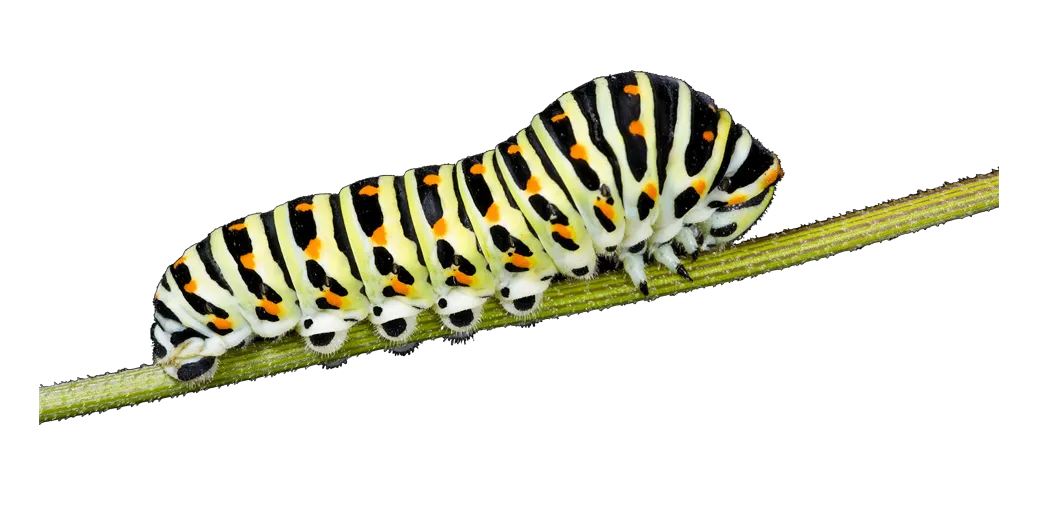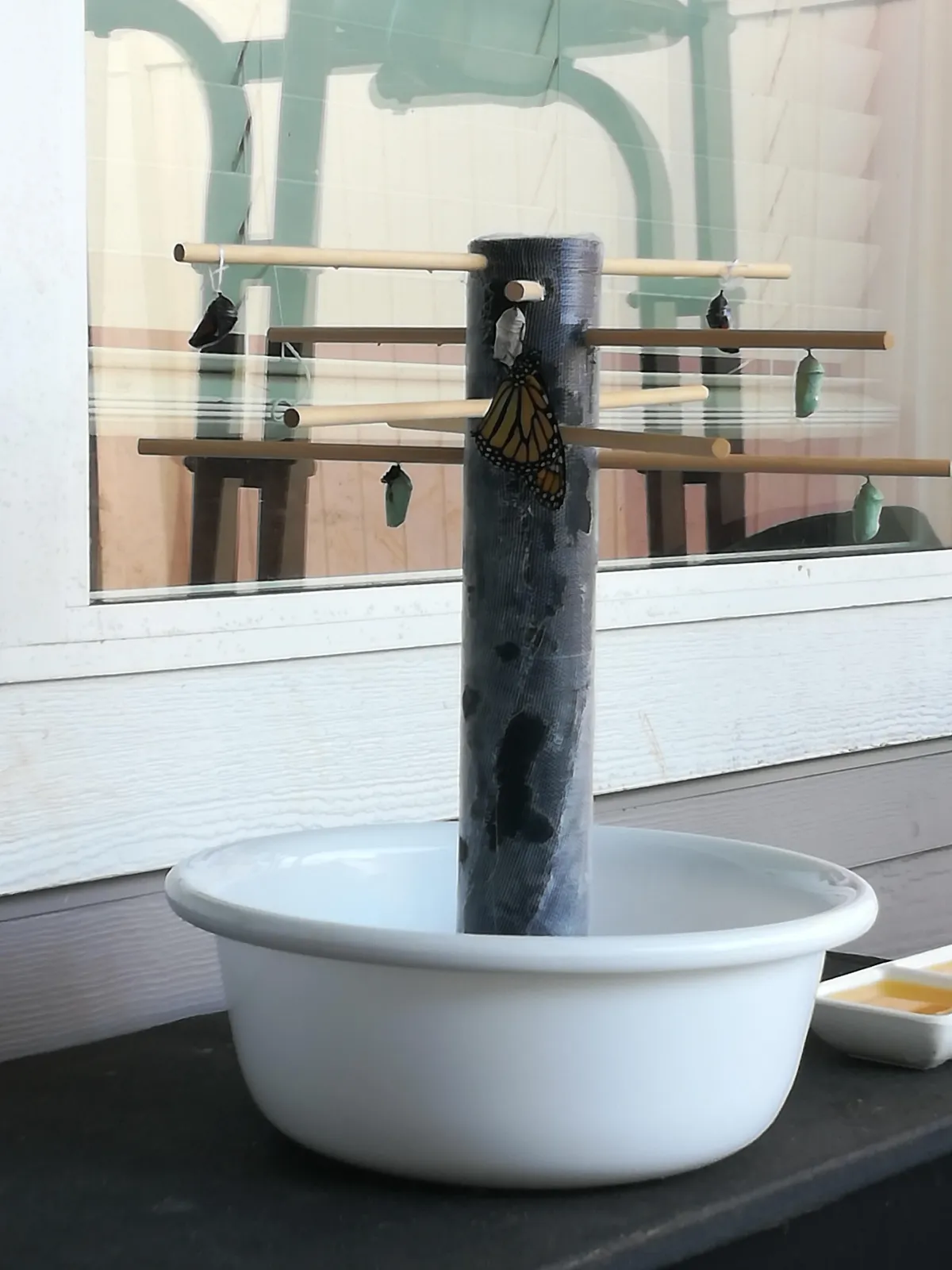
About For The Butterflies
We’re on a mission to raise awareness and spark action to help save one of nature’s most graceful yet essential pollinators: butterflies.



Why Releasing Butterflies Matters
They help pollinate wildflowers and crops, contributing to food production and healthy ecosystems.
As indicator species, their presence (or absence) tells us a lot about the health of the environment.
Many butterflies are specialists, relying on specific host plants—making them incredibly sensitive to habitat loss.
Unfortunately, butterfly populations are declining at alarming rates due to pesticide use, climate change, and disappearing native habitats. We’ll be sharing stunning visuals, fun facts, and easy ways you can help—from planting milkweed and nectar-rich flowers to creating backyard habitats and spreading the word. Our goal is to raise awareness, inspire conservation efforts, and share ways we can all help— from planting native flowers to having a space to see the complete cycle of butterflies in the comfort of homes and classrooms. Follow along as we spread the word and work to give these beautiful pollinators the attention and protection they deserve. Together, we can turn awareness into action. Let’s protect these vibrant pollinators before they disappear from our skies. Let’s save the butterflies—one wing at a time.
Our Journey: How One Lost Caterpillar Sparked a Big Idea

It started with a single monarch
It started with a single monarch caterpillar crawling through the grass in our backyard. There was no milkweed around, and I had no idea what it was or how to care for it—but something about it made me stop. I brought it inside, grabbed a small aquarium, and made a makeshift habitat using a cup and some sticks. I didn’t know much, but I was determined to help.


After a bit of research, I learned monarch caterpillars only eat milkweed—so I packed up the kids and went searching. At the garden center, we found a plant... and another caterpillar on it. Now we had two.
Watching them grow, form chrysalises, and finally emerge as butterflies was an experience we’ll never forget. It became a daily ritual for our family—checking on them, learning together, and witnessing transformation up close. It was simple, hands-on, and incredibly meaningful.


But the setup? Not great. The cup kept tipping, it was hard to clean, and the caterpillars struggled to climb. I looked into pop-up mesh enclosures, but they had issues too—poor visibility, hard to sanitize, and not very secure. That’s when I started thinking: Why isn’t there a better option for families like us?
So I got to work. I sketched out ideas, tested materials, and tried different prototypes—focusing on safety, clarity, and ease of use. After months of experimenting and refining, the Caterpillar Chrysalis Carousel was born.


It’s more than a container. It’s a safe, clear, reusable habitat designed for people to raise butterflies and connect with nature in a real, accessible way. Whether you're a parent, teacher, or just curious, this gives you a front-row seat to something incredible.
We created it because we believe that when people witness transformation, they become more connected—to nature, to each other, and to the world around them. It all started with one little caterpillar. Now we’re just helping others experience that same magic—one chrysalis at a time.
10% Off Holiday Sale
Care for Nature.
Care for the Next Generation.
Give caterpillars a safer, smarter place to transform.
The Carousel makes it easy to nurture and observe the butterfly lifecycle — right from your home or classroom.

© 2025 For The Butterflies - All Rights Reserved,